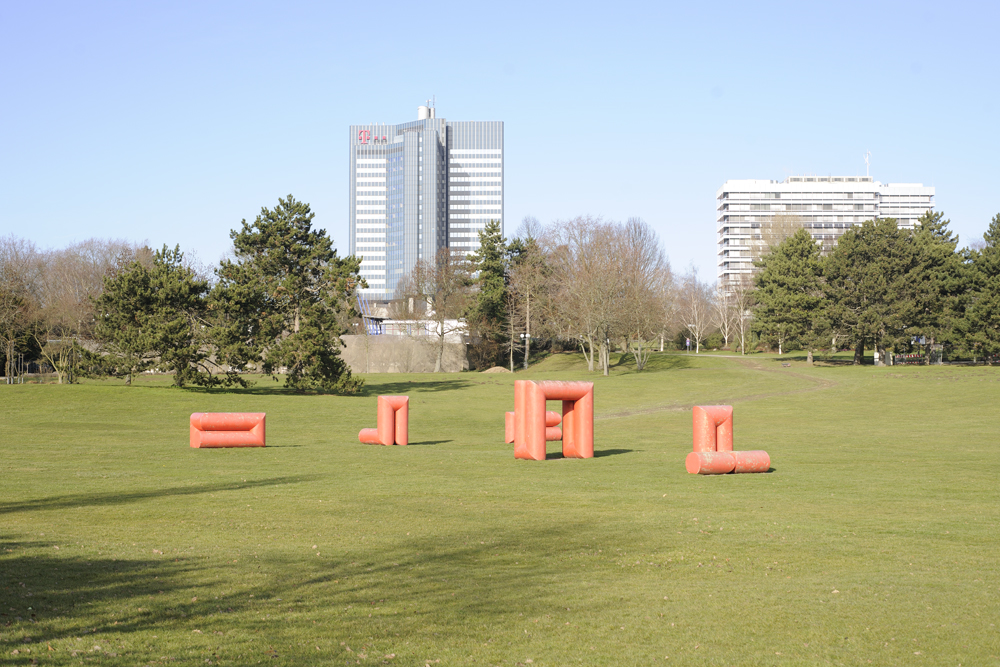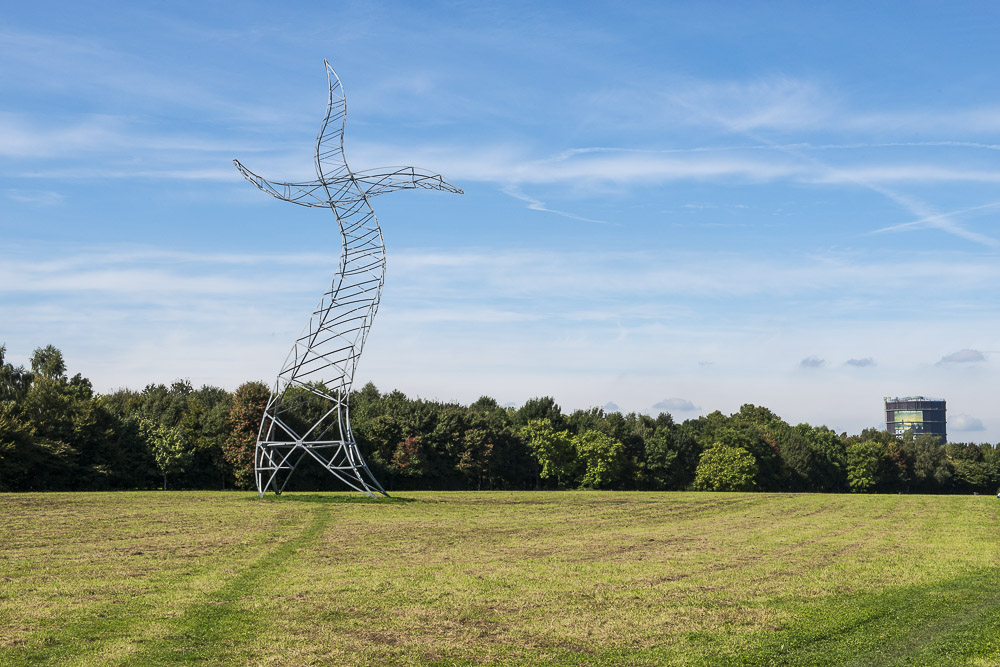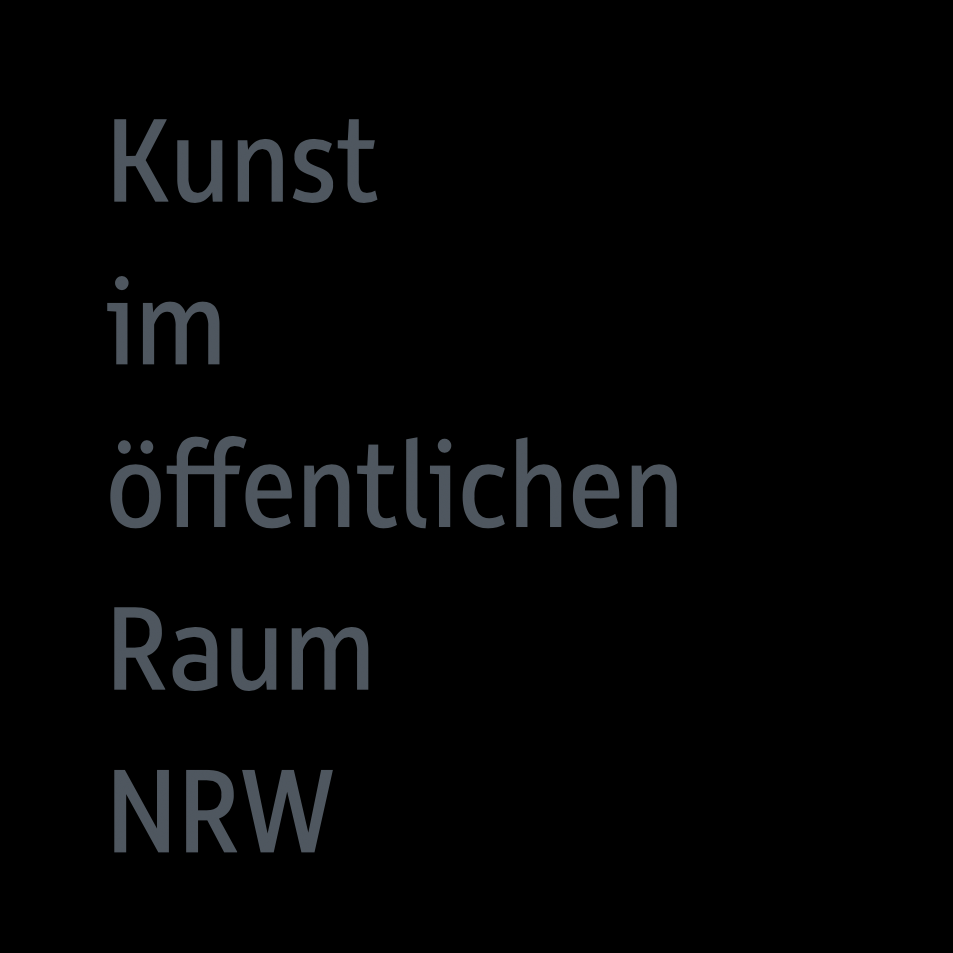Ruhrgebiet




A MULTIFACETED METROPOLIS WHERE OLD MEETS NEW

Once a landscape shaped by the coal and steel industry, the Ruhrgebiet cultural region has developed into one of the most fascinating and important cultural centers in Germany. In fact, it is now among the most dynamic regions of Europe.
Located in the heart of North Rhine Westphalia between the Rhine, Ruhr, and Lippe, this once drab industrial area has established itself as a proud and diverse cultural region. Selected as a European Capital of Culture in 2010, the Ruhrgebiet is a now an extensive urban area with over 5 million residents of diverse backgrounds, an important university location, and popular recreational area at the same time. The density of over 200 museums, high-profile theaters, and concert halls, as well as its distinguished music ensembles and active independent arts scene is unique throughout Europe and pays testament to its lively cultural atmosphere. Diverse festivals like the RuhrTriennale attract thousands of visitors from all over the nation each year. Impressive architecture and numerous industrial monuments shape the face of the Ruhr region and serve as relics of a turbulent industrial history. One prime example is the Zeche Zollverein, which was named an UNESCO World Heritage Site in 2001. Following in suit with structural change, work sites from the coal and steel age now serve as stunning event locations.
There is no coordinating body for the Ruhrgebiet cultural region.
Instead, the Arnsberg district government provides information on eligibility criteria and funding procedures. This differs from the other regions in the Regionale Kulturpolitik funding program because of the particular characteristics of the Ruhrgebiet target group.
Additional information can be found at: www.bezreg-arnsberg.nrw.de
As an important pillar of Ruhrgebiet culture, this program should profit the independent arts scene in particular. This funding is not meant to replace the activities of the municipalities, but compliment them meaningfully. Purely local or municipal projects are therefore excluded from funding.




